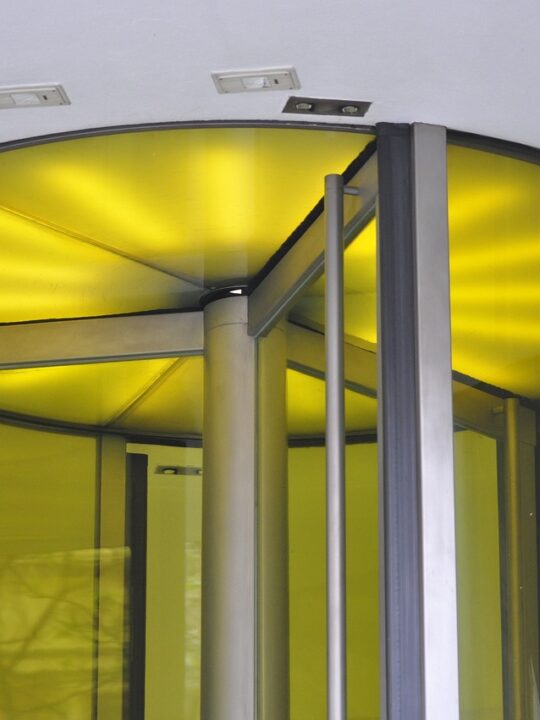Do you know what dip brazing is? Dip brazing is a metal joining process that is becoming increasingly popular in many industries due to its numerous advantages over other methods.
Dip brazing uses a molten salt bath which allows for precise, uniform heating of parts. This results in stronger and cleaner bonds. This process could be useful for your manufacturing process.
In this article, we’ll explore the top five advantages of dip brazing. This way you can know why it may be the best choice for your manufacturing needs. Bump up the quality of your products with dip brazing!
Table of Contents
1. Precise and Consistent Joints
Dip brazing always produces precise and consistent joints. This is because the process involves dipping the parts to be joined into a molten brazing material, which is then heated to a specific temperature. This creates a metallurgical bond between the parts, with the brazing material flowing into the joints via capillary action.
Since the entire assembly is immersed in the molten material, there is a uniform distribution of heat and the joints are heated and cooled at the same rate, resulting in a uniform bond with no distortion or warping. This level of precision and uniformity is difficult to achieve with other joining methods. This is why dip brazing is an ideal choice for applications that require tight tolerances and high-quality joints.
2. Strong and Durable Joints
Dip brazing produces strong and durable joints through the use of a flux. The flux removes oxides from the metal surfaces and promotes the bonding of the braze filler material. The braze filler material melts and flows into the joint, creating a metallurgical bond with the base metals. This process results in a joint that has high strength and excellent resistance to corrosion and thermal expansion.
3. Applicable to a Wide Range of Materials
Dip brazing is a versatile process that can accommodate a wide range of materials, including aluminum, stainless steel, copper, brass, and titanium. This is because the process relies on the use of a molten filler metal that can bond with various base metals.
As a result, dip brazing can be used to join dissimilar metals. This process will be difficult or impossible to achieve using other welding or joining techniques.
4. Cost-Effective
Dip brazing is a cost-effective method because it requires less material and labor compared to other welding or brazing methods. The process also has a high production rate. This allows for mass production of parts in a short amount of time, which further reduces the overall cost.
Additionally, the precision of the process reduces the need for secondary operations, such as machining or finishing, which can add to the cost of production. All these factors make dip brazing a popular choice for manufacturers who want to produce high-quality products while keeping costs low.
5. Versatile
The joints produced by dip brazing are versatile. They are resistant to stress and can remain stable under varying temperatures. This makes them ideal for use in applications that require high reliability and longevity. This flexibility also makes dip brazing a preferred choice in many industries, including aerospace, automotive, electronics, and medical devices.
Use Dip Brazing Today!
Dip brazing offers numerous advantages. It is also reliable, easy to use, and provides consistent, repeatable results. If you are looking for a quality, cost-effective brazing solution for your components, consider dip brazing. For more information, contact a dip brazing expert today!
Did you find this article helpful? Keep reading our blog for more!







